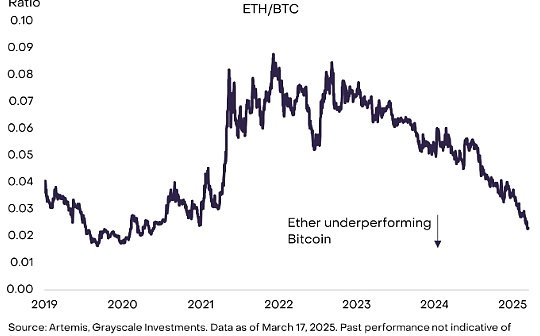The Moment of Cool: Analyzing the Seven Structural Contradictions of MCP Protocol in AI Collaboration

Reprinted from panewslab
04/30/2025·1MI have learned that these dilemmas analysis about MCP is quite accurate, hitting the pain points directly, revealing that the road to landing of MCP is long and not that easy. I will extend it by the way:
-
The problem of tool explosion is true: MCP protocol standards, tools that can be linked are rampant, and LLM is difficult to effectively select and use so many tools, and no AI can be proficient in all professional fields at the same time. This is not a problem that can be solved by parameter quantity.
-
Document description gap: There is still a huge gap between technical documents and AI understanding. Most API documents are written for people to read, not for AI, and lack semantic descriptions.
-
The weaknesses of the dual-interface architecture: MCP, as a middleware between LLM and the data source, must not only process upstream requests and convert downstream data, but this architecture design is inherently deficient. When the data source explodes, unified processing logic is almost impossible.
-
Return structures vary greatly: Inconsistent standards lead to confusion in data formats. This is not a simple engineering problem, but a result of the overall lack of industry collaboration and takes time.
-
Context window is limited: No matter how fast the token cap grows, the information overload problem always exists. MCP spits out a bunch of JSON data and will occupy a lot of context space and squeeze inference capabilities.
-
Nested structure flattening: Complex object structures will lose hierarchical relationships in text descriptions, making it difficult for AI to reconstruct the correlation between data.
-
The difficulty of linking multiple MCP servers: "The biggest challenge is that it is complex to chain MCPs together." This difficulty is not groundless. Although MCP is unified as a standard protocol itself, the specific implementations of each server are different in reality, one handles files, one connects API, and one operates database... When AI needs to collaborate across servers to complete complex tasks, it is as difficult as trying to force lego, building blocks and magnetic chips together.
-
The emergence of A2A is just the beginning: MCP is only the initial stage of AI-to-AI communication. A true AI Agent network requires higher-level collaboration protocols and consensus mechanisms, and A2A may just be an excellent iteration.
above.
These problems actually reflect the pain of AI's transition from "tool library" to "AI ecosystem". The industry is still at the beginning of throwing tools to AI, rather than building real AI collaboration infra.
Therefore, it is necessary to disenchant MCP, but it is not worthy of its value as a transition technology.
Just welcome to the new world.

 jinse
jinse
